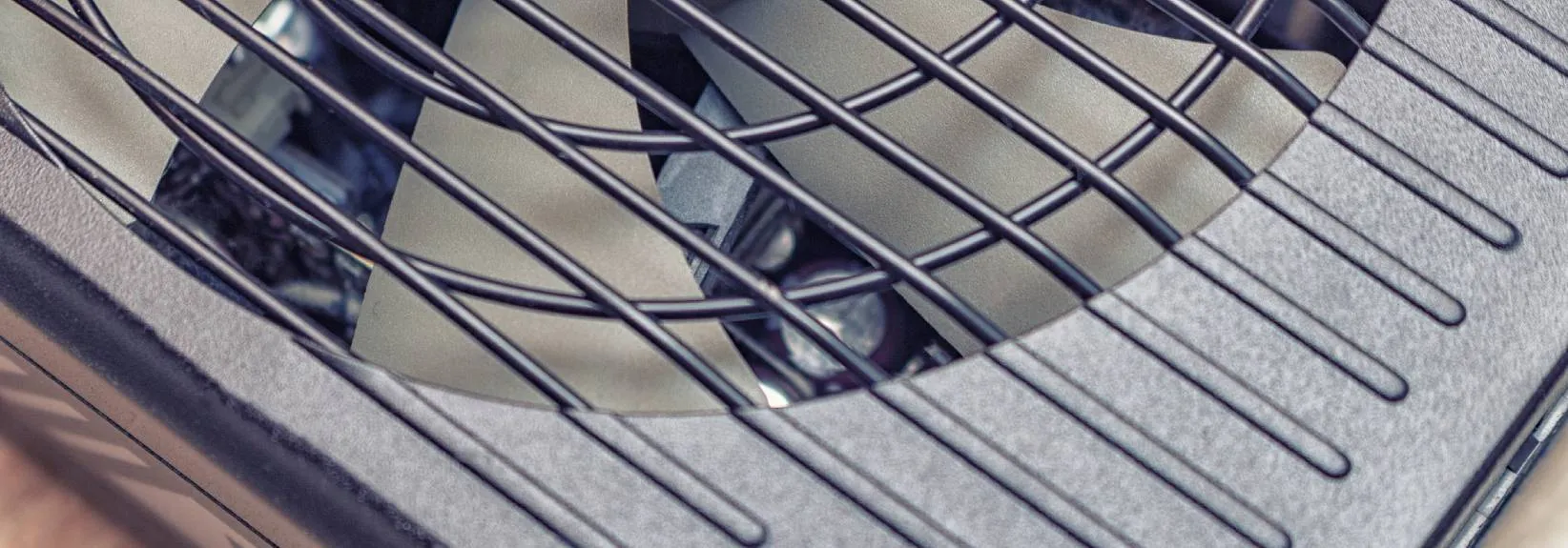What Is a Blower Motor?
When troubleshooting HVAC issues, you may run across the term “blower motor” and wonder what it means. This essential part of your HVAC serves as the lungs of your heating and cooling system. The blower motor powers the circulation of heated and cooled air, making sure your home stays comfortable all year-round.
You don’t have to appreciate every detail of your HVAC system to keep it running smoothly. However, understanding at least something about the blower motor simplifies operation and occasional troubleshooting.
What Does a Blower Motor Do?
The blower motor in a forced-air heating and cooling system operates the fan that distributes air through your home and draws it back into the HVAC for reheating or cooling. The kinds of HVAC systems that use blower motors include furnaces, air conditioners, heat pumps and ductless mini-splits. When your thermostat feels the temperature falling out of the set comfort zone, the blower motor is alerted by your system. This turns on the fan, pushing hot or cold air out of the unit, through the ductwork—or straight from the air handler in the case of a ductless system—and inside your living space.Where Is the Blower Motor Found?
The blower motor’s actual location can be in different places depending on the type of system:-
- A furnace blower motor is commonly placed in the base of the unit close to the air filter.
-
- An air conditioner typically shares the furnace’s blower motor to circulate cool air in the summer cooling season.
-
- A heat pump blower motor is located within the air handler, the interior portion of this single-unit heating and cooling device.
-
- A ductless mini-split blower motor is found in the wall-mounted unit, often behind the air handler casing.
Types of Blower Motors
Understanding the two main styles of blower motors can help you select the right option for your home comfort needs.-
- A single-speed motor, as the name reveals, operates at one speed and shuts off when the desired temperature is reached.
-
- A variable-speed motor operates at a range of speeds, adapting the speed to changes in heating and cooling desires. This is generally the quieter, more energy-efficient alternative for homeowners. It also provides more consistent indoor temperatures for improved comfort.
Signs of a Blower Motor Gone Bad
If your home doesn’t feel as comfortable as it usually does, your blower motor might be the reason. Watch out for these signs of a bad blower motor:-
- Weak or no airflow from vents: Insufficient airflow makes your home heat or cool more slowly, causing discomfort and inefficiency. A complete loss of airflow might mean total motor failure, which calls for immediate evaluation from an skilled HVAC professional like the team at McKinley Heating Service Experts.
-
- Peculiar noises: Strange sounds like grinding or squealing may be warning signs of worn-out bearings or a misaligned motor. These noises are not only aggravating but can indicate impending malfunction.
-
- Concerning smells: A burning smell could indicate an overheating motor, a serious issue requiring prompt intervention to prevent the problem from getting worse.
-
- Increased energy bills: A blower motor that runs harder than necessary because of an underlying issue burns more energy. This inefficiency can cause a marked surge in your electric bills.
-
- HVAC unit overheating: Overheating can take place when the motor struggles due to friction or a mechanical issue. This can cause a total system breakdown if not addressed promptly.
What Causes Blower Motor Failure?
A blower motor can go bad for several reasons, including:-
- Moisture buildup: Water in the wrong places can be a big problem for your blower motor. Moisture can corrode metal parts and trigger electrical shorts that can gravely impact the motor’s performance.
-
- Debris accumulation: Dust and dirt blocking parts of the motor can cause it to overheat or fail altogether.
-
- Worn-out bearings: Bearings minimize friction in the motor. When they wear out, they overwork the motor, causing untimely failure.
-
- Blower motor resistor or fan concerns: Trouble with the resistor or fan can impact how the motor responds to demands for more or less air. These challenges can cause system inefficiencies and require professional repair.
-
- Temperature control problems: If the motor can’t properly moderate the temperature, it could begin to run constantly, which can cause wear and tear and eventually failure.
-
- Electrical challenges: Defective wiring or other electrical malfunctions can lead to irregular motor operation or a full-blown breakdown.
-
- Old age: Like any mechanical device, blower motors have a finite life expectancy. As they get older, materials within them wear out and failure becomes more likely.

